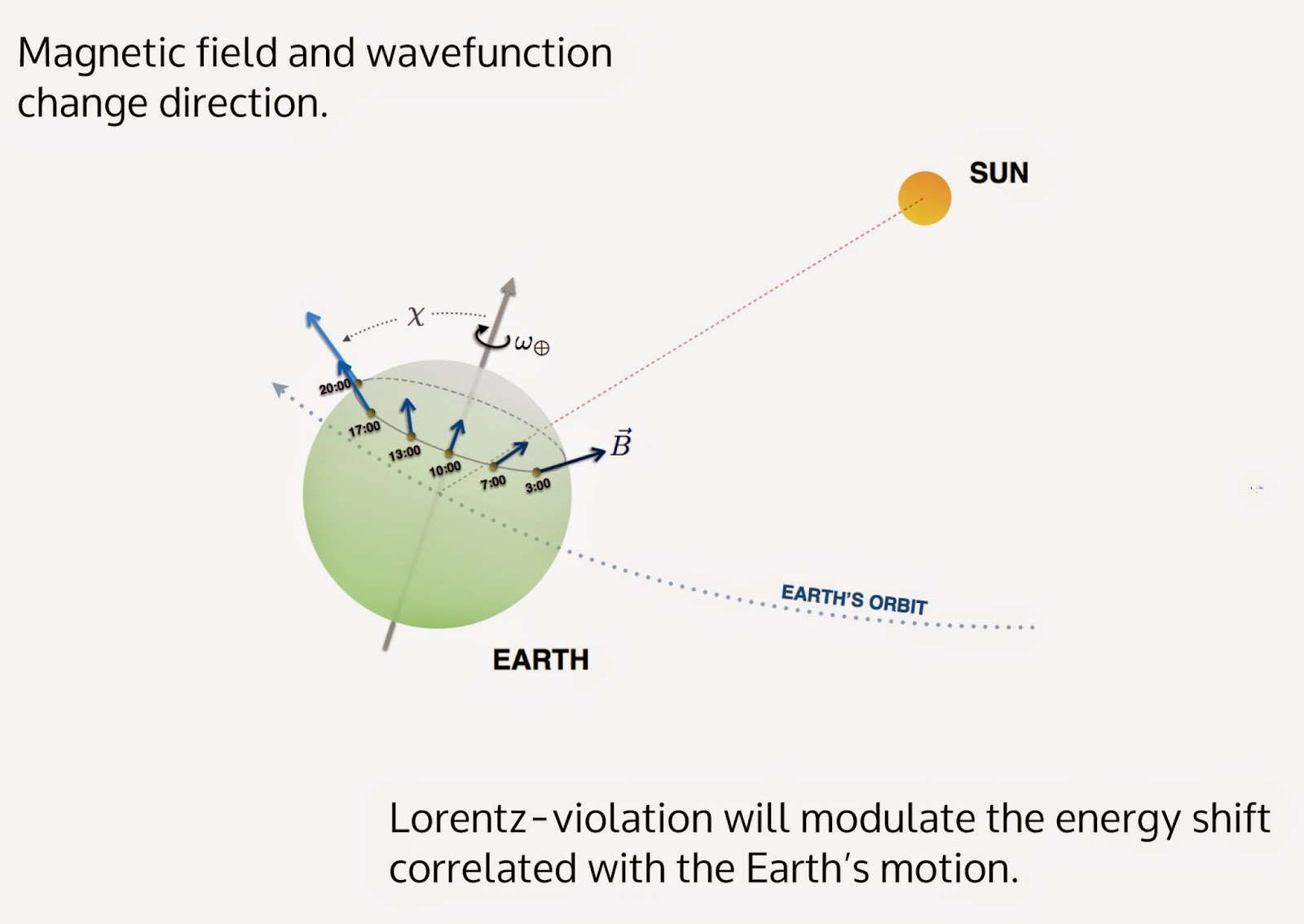From left:
Scanning electron microscopy (SEM) image of the micromotors and corresponding
energy-dispersive
X-ray spectroscopy (EDX) data of elemental zinc in the micromotors.
(January 28, 2015) Researchers
at the University of California, San Diego have shown that a micromotor fueled
by stomach acid can take a bubble-powered ride inside a mouse. These tiny
motors, each about one-fifth the width of a human hair, may someday offer a
safer and more efficient way to deliver drugs or diagnose tumors.
The experiment is the first to show that these micromotors
can operate safely in a living animal, said Professors Joseph Wang and
Liangfang Zhang of the NanoEngineering Department at the UC San Diego Jacobs
School of Engineering.
Wang, Zhang and others have experimented with different
designs and fuel systems for micromotors that can travel in water, blood and
other body fluids in the lab. “But this is the first example of loading and
releasing a cargo in vivo,” said Wang. “We thought it was the logical extension
of the work we have done, to see if these motors might be able to swim in stomach
acid.”
Stomach acid reacts with the zinc body of the motors to
generate a stream of hydrogen microbubbles that propel the motors forward. In
their study published in the journal ACS Nano, the researchers report that the
motors lodged themselves firmly in the stomach lining of mice. As the zinc
motors are dissolved by the acid, they disappear within a few days leaving no
toxic chemical traces.
“This initial work verifies that this motor can function in
a real animal and is safe to use,” said Zhang.
In the experiment, the mice ingested tiny drops of solution
containing hundreds of the micromotors. The motors become active as soon as
they hit the stomach acid and zoom toward the stomach lining at a speed of 60
micrometers per second. They can self-propel like this for up to 10 minutes.
This propulsive burst improved how well the cone-shaped
motors were able to penetrate and stick in the mucous layer covering the
stomach wall, explained Zhang. “It’s the motor that can punch into this viscous
layer and stay there, which is an advantage over more passive delivery
systems,” he said.
journal reference (ACS) >>


















































